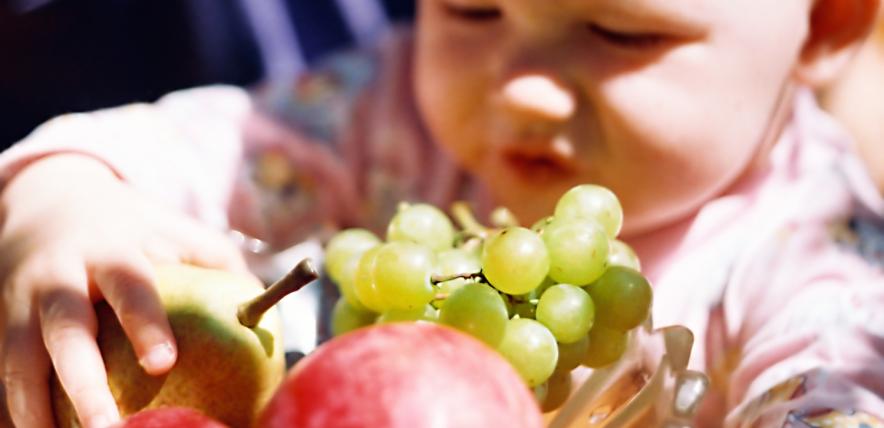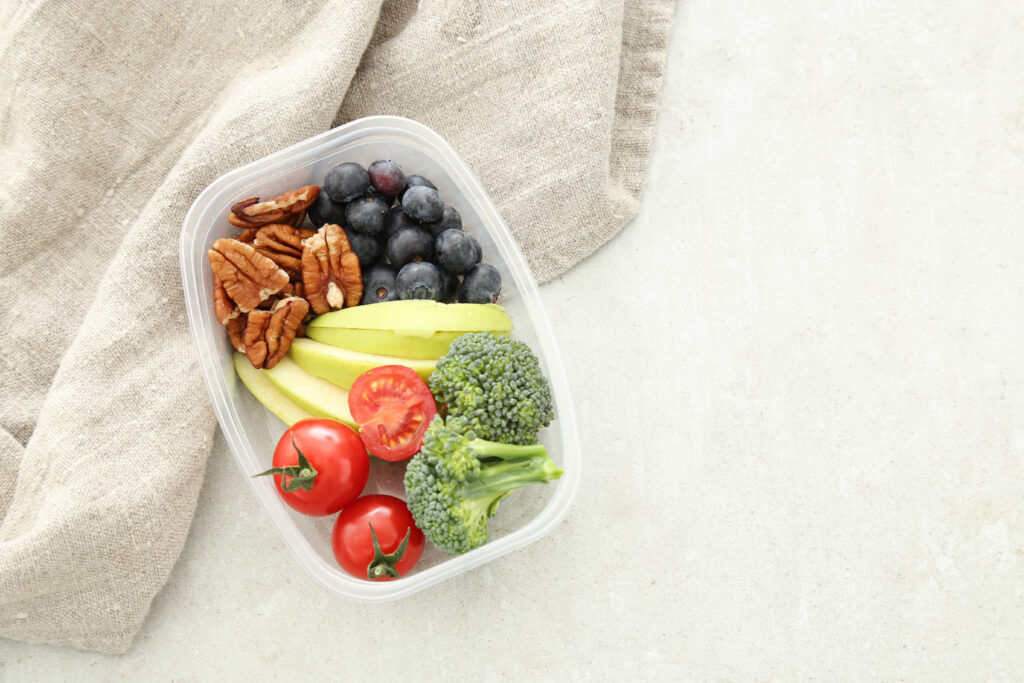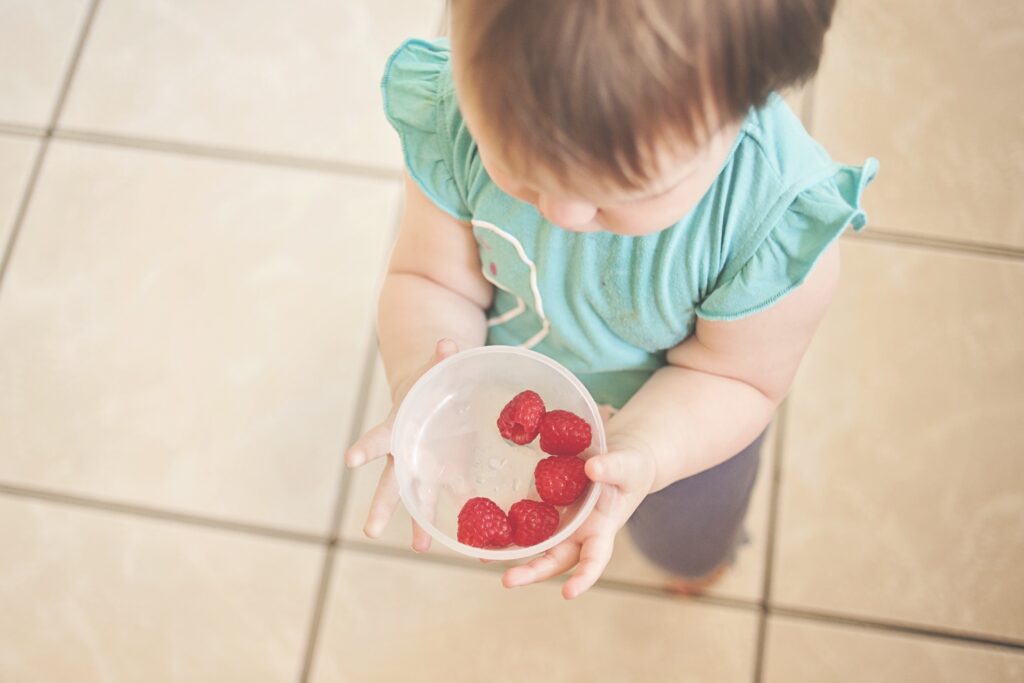By Dorothy Lepkowska for EY Alliance
Childhood is a time of adventure, when our little ones are constantly learning and exploring the world around them. And one of things that intrigues them most is taste.
As soon as they’re dexterous enough to clutch a biscuit or a piece of cucumber, children love to try different foods and soon discover what they like and what they don’t like.
But it is not just food that goes into eager young mouths.
When they’re teething, especially, almost anything a child picks up will go straight into their mouth which is why it is so important to be aware of choking hazards.
As a rule of thumb, anything smaller than a two pence piece can get stuck when swallowing.
One of the biggest causes of accidental death
Warnings on toys and other products about their age appropriateness are there for good reason, and it’s normal to see age limits of 36 months on toys, meaning that they might have parts that can be removed.
According to a 2019 report by CE Safety, around 40 under-5s are taken to hospital every day after choking or swallowing something dangerous.
In the four years prior to the report, this had sadly resulted in 14 deaths among the age group.
The organisation, which offers occupational health and safety courses in the UK, said choking was “fast becoming one of the biggest causes of accidental death for under-5s”.
The reason, it said, was because children don’t always get to grips with chewing properly until they are around six years old. This means that they swallow foods whole which can then get stuck.
Usually, the gagging reflex prevents them from choking but their windpipe (trachea) is still developing and narrower than in adults, so items can get stuck.
Take care with certain foods
Experts say there are some foods that require particular care and supervision, or just shouldn’t be given to children under the age of four years.
They include hard, round foods such as whole nuts and grapes, raw vegetables such as carrots, crackers, sweets, popcorn and marshmallows.
White bread and chunks of cheese are also on the danger list.
Hot dogs are mentioned by several safety experts as particular choking culprits, because they are so popular with children.
If you do give children hot dogs ensure they are cut lengthways and then again into smaller pieces.
During mealtimes, encourage your child to chew their food well before they put more in their mouths.
At some times of the year, such as Easter, Christmas and Halloween, when the shops are full of miniature novelty chocolates and sweets, special care might be needed as these items are often about the same size as a toddler’s airway.
According to the CE Safety 2019 report the 12 most deadliest foods regarding choking were:
- Popcorn
- Hard boiled sweets
- White bread
- Crackers or rice cakes
- Nuts and seeds
- Chunks of cheese
- Whole grapes
- Chunks of peanut butter
- Raw vegetables
- Chewing gum
- Marshmallows
- Fruit – apples
- Chicken with bone
How to prevent a child from choking
Choking can happen with no sound to warn you that your baby or toddler is in difficulty so always supervise snack and mealtimes – do not let babies or toddlers eat alone.
Don’t rush mealtimes – leave plenty of time.
Don’t prop up a baby bottle into a baby’s mouth while feeding. They won’t be able to push away the bottle if they start to choke.
Always cut up food into very small pieces — older babies and toddlers on solid foods are still learning how to breathe, chew and swallow so food pieces should be small.
Encourage them to sit still while eating, rather than moving around.
Keep small objects, such as coins, buttons, batteries or beads out of reach.
Ensure that toys designed for older children are out of reach.
What to do if a child is choking
No matter how careful you are, your child may start choking on something and one of the first signs of this may be that they begin to cough.
With a toddler or older child, you should try to remove object while taking care not to push it further down and making the situation worse.
The methods to use to stop your child choking – as well as what to do if you child becomes unconscious – are explained in detail here, by NHS experts, and vary by age group.
They involve delicate measures such as back blows, and chest and abdominal thrusts, which can be harmful unless correctly employed.
Familiarise yourself with health advice
Dr Jackie Bradley, a GP working in the Midlands, urged parents to familiarise themselves with the advice.
“It can take a split second for a child to get into difficulty through choking,” she said. “It’s really important that food and objects that can cause a choking hazard are kept out of the reach of curious little hands, eyes and mouths, and that an adult is present to supervise meal and snack times.
“In my experience, parents are often more aware about the dangers of chemical consumption, and the need to keep household cleaning products out of reach, than they are about choking hazards. Chemical manufacturers help by making tops and lids childproof.
“But when it comes to choking through food, it is easy to forget the dangers. And of course, children must eat so it’s a risk that must be managed as well as possible.
“Young children can easily do without some of the riskier foods, such as hard sweets, popcorn and nuts until they’re a bit older, but healthy foods such as grapes and other fruit and vegetables should be cut up into small pieces.”
Preparing food
Any hard round foods such as grapes should be quartered – cut the grape in half and cut each half again lengthways.
Sausages cut into round coin-like pieces must be avoided as they can get stuck in the throat. Cut sausages lengthways into very thin strips.
Food pieces should be no longer than half an inch in any direction.
Hard fruits and veg should be cut into slices or thin batons rather than chunks.
Consider steaming or cooking fruit and veg to soften it.
Always check for bones if serving fish or chicken.
Other risks to be aware of
The 2019 CE Safety report also outlines other common household choking hazards including:
- latex balloons
- buttons
- coins
- marbles
- toys with small parts
- small balls
- pen or marker caps
- button batteries
- medicine syringes
- screws
- stuffing from a bean bag chair
- rings
- earrings
- crayons
- erasers
- staples
- safety pins
- small stones
- tiny figures
- holiday decorations including tinsel, or ornaments and lights.





